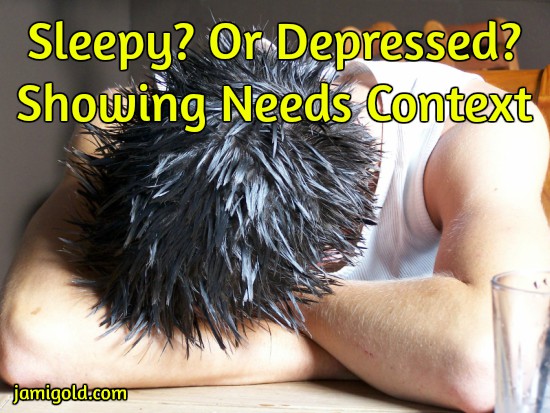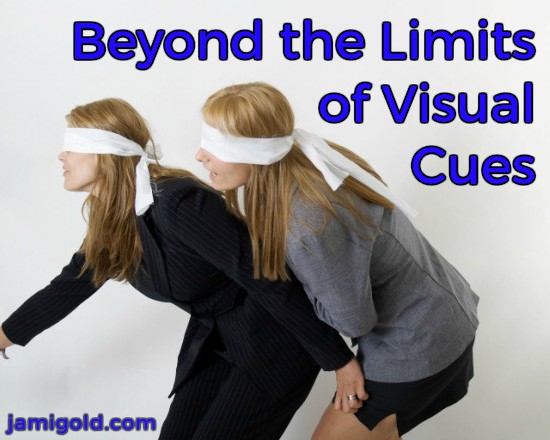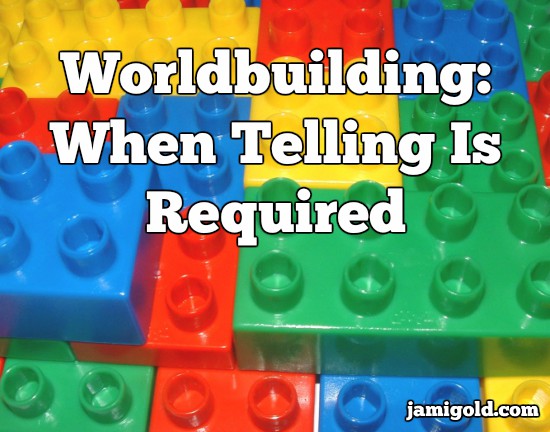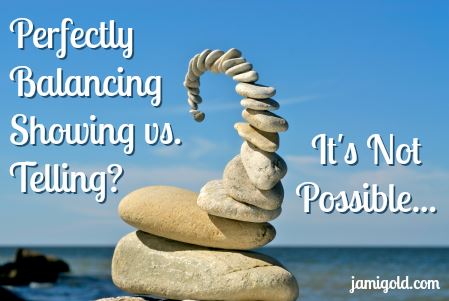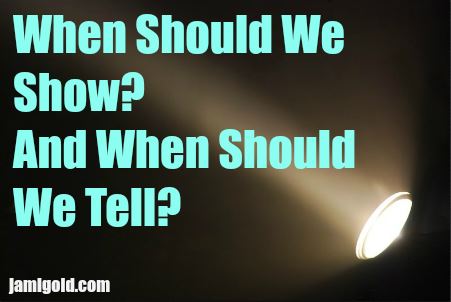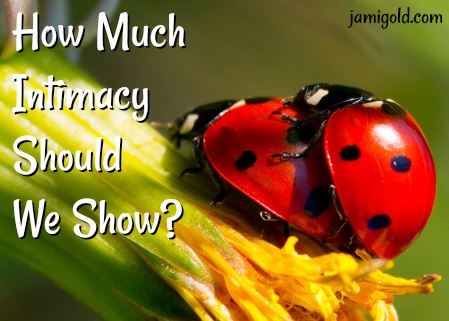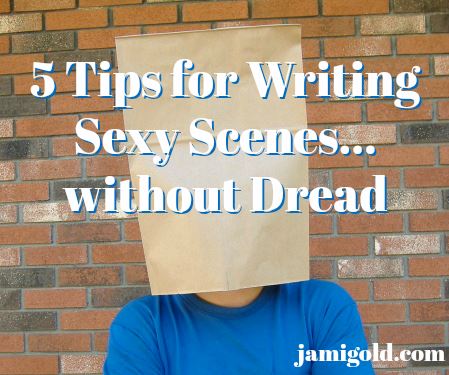Longer writing—such as stories—can often be easier to write than something shorter, like a synopsis, query, Twitter pitch, or log line. That’s why the skills important in poetry can strengthen our prose writing.
Pin It
Read More
The implication of the advice to “show, don’t tell” is that showing is “better” than telling when our story actually needs both. Let’s explore what “show, don’t tell” really means when it comes to storytelling.
Pin It
Read More
The word showing obviously makes us think visually, but same as us, our characters experience the world through more than just their visual sense. What are our options for showing beyond visual descriptions? Can we create a deeper world by engaging other senses?
Pin It
Read More
In the writing world, we often hear the advice to “show, don’t tell.” I’ve mentioned before that telling isn’t bad or something to be avoided at all costs, and a fantastic post by Cecilia Tan points out how the advice can actually be harmful.
Pin It
Read More
As part of last week’s giveaway, I added several suggestions to the Writing Craft Master Lists, but before I announce the winner, let’s share our favorite writing resources.
Pin It
Read More
It’s not always easy to know how much showing or telling works best for our story, so let’s dig a little deeper into some of the problems with trying to find the right balance of showing and telling in our stories.
Pin It
Read More
One of the most common pieces of writing advice is to Show, Don’t Tell. In many cases, that’s good advice, but as with most advice, that “rule” is imperfect and incomplete.
Pin It
Read More
An article comparing the Arrival movie to its short story inspiration triggered me to see Genre differently. In short, our story’s genre is simply the worldbuilding “lens” we use to explore our story’s meaning.
Pin It
Read More
There’s no right or wrong answer for how to depict intimacy in our writing—only what’s right for our story. The “right” amount can depend on our genre, our characters, their situation, their emotional journey, and our target audience.
Pin It
Read More
Whatever genre we write, we often have to write scenes that make us uncomfortable. For many, sexy scenes are high on that discomfort scale.
Pin It
Read More


